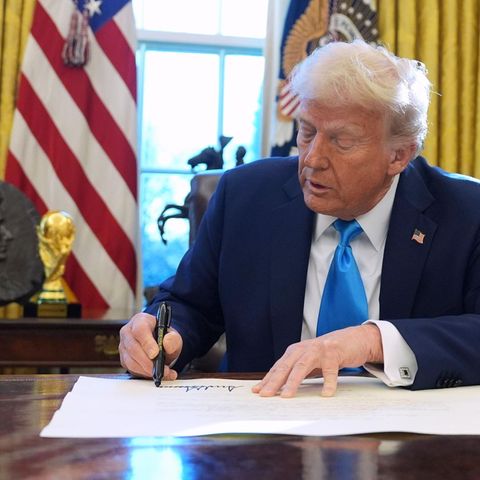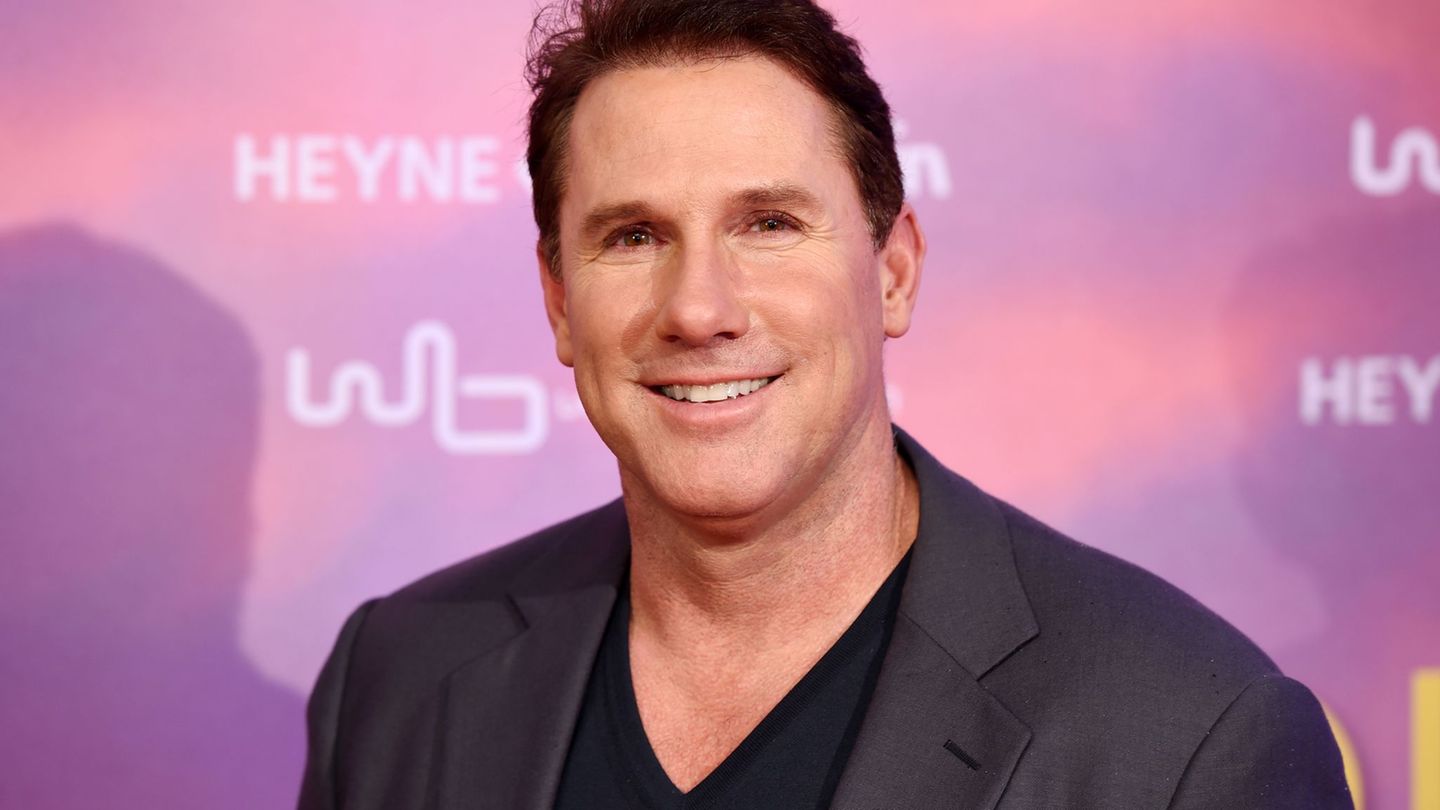Sports medicine
Did I only train successfully when I get sore muscles?
Copy the current link
Add to the memorial list
Anyone who does sports knows him: sore muscles. It appears especially when we went to the limit. But is he really an indication that we trained well?
If you do sports regularly, you get a longer breath, get stronger. The body becomes fitter, changes its shape. The way there is sometimes tedious and often associated with a groan and moaning of the muscles. For many, sports and sore muscles belong together. Faith “No Pain, No Gain – no pain, no profit” is widespread. But really only trained that plagues muscle pain the next day?
The star Has with Prof. Dr. med. Rüdiger Reer, in demand. He is general secretary of the German Sports Practice Association and head of the sports and movement medicine at the University of Hamburg. He knows his way around muscles. He says: “Muscle soreness is a sign of overloading and/or incorrect stress.” It is by no means a positive training effect – on the contrary. Anyone who has sore muscles after training did too much, says Prof. Dr. Reer.
Sore muscles: tiny cracks in the muscle fibers
Especially due to very intensive or unfamiliar loads, there could be too tiny cracks, so -called microruptures, in the muscle fibers. Small inflammation arises on these microcishes, liquid penetrates. Edema developed, which in turn pressed on nerve fibers, which caused the pain. “Muscle soreness is nothing healthy,” said the sports doctor. “He shows that the training intensity was rather too high. Then training is no longer effective.”

To person
Prof. Dr. med. Rüdiger Reer is Secretary General of the and head of the sports and movement medicine at the University of Hamburg. He is also a board member of the Association of the European Society for Sports Medicine
For a good training effect, the burden and relief must be finely coordinated. A body that spends itself then needs a certain amount of recovery. If this period is perfectly adapted, one speaks of super compensation – because this favors a quick training progress.
“Pain has a function. He points out that there is now enough – training break,” said Prof. Dr. Reer. He advised to continue to train the affected parts of the body despite sore muscles: “That would be exactly wrong. Then a small rupture can become a big one, which can not only lead to a long training break, but can also cause severe damage.”
Kai Zou, scientist and muscle expert from the University of Massachusetts in Boston, does not see that strictly. Accordingly, sore muscles are also an indication that the body has been challenged and a growth stimulus was given. The positive effect: the muscle cells are then larger and more powerful. In conversation with my colleague Alexandra Kraft, Zou also said: “Only if the pain lasts excessively long, then this is an indication that the training has been exaggerated.”
Source: Stern
I’m Caroline, a journalist and author for 24 Hours Worlds. I specialize in health-related news and stories, bringing real-world impact to readers across the globe. With my experience in journalism and writing in both print and online formats, I strive to provide reliable information that resonates with audiences from all walks of life.





